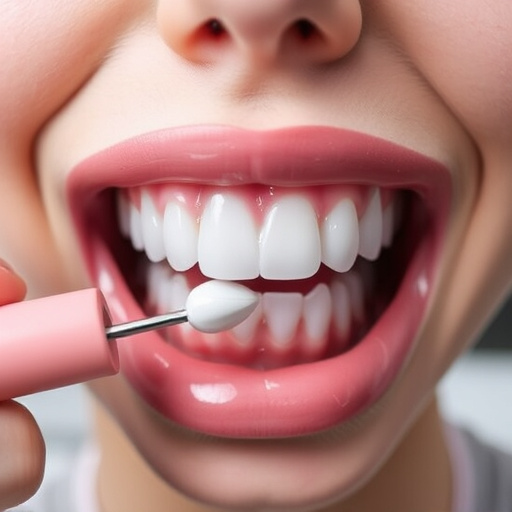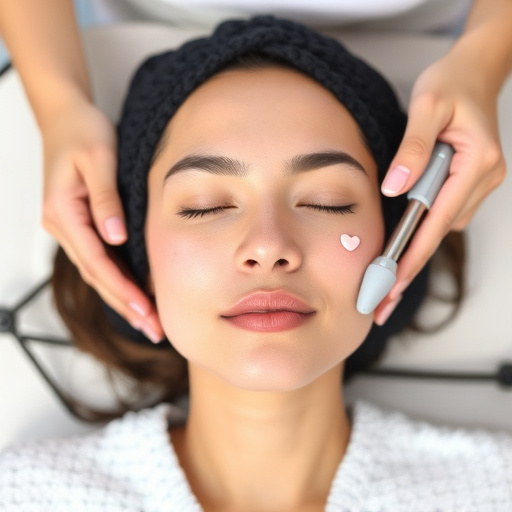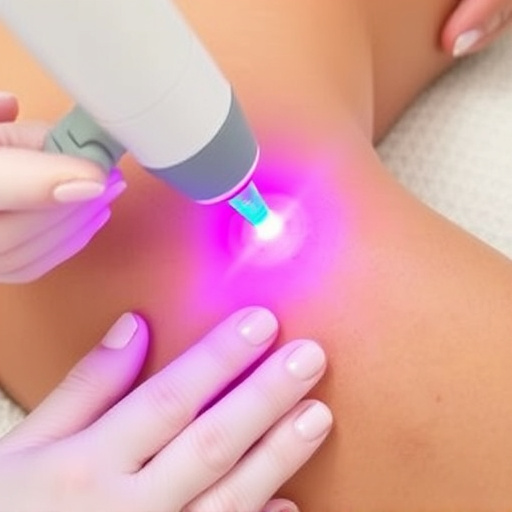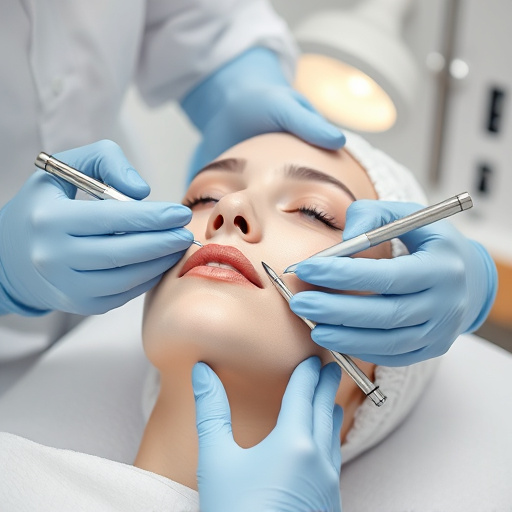Broken capillaries, caused by factors like sun exposure, alcohol, and genetics, lead to redness, sensitivity, and discolouration. Effective broken capillary treatment involves addressing these causes through laser hair removal, chemical peels, microneedling, skin tightening, and topical treatments. Accurate diagnosis by dermatologists using advanced imaging guides personalized plans for clear, healthy-looking skin. Combinations of these strategies with skincare routines and environmental protection yield noticeable improvements in skin appearance.
Facial redness caused by broken capillaries can be embarrassing, but effective treatments exist. This article delves into the world of broken capillary treatment plans, offering insights on understanding their causes and effects. We explore diagnostic methods for accurate assessment and present a range of effective treatment options and strategies. By implementing these broken capillary treatment approaches, you can achieve clearer skin and regain confidence.
- Understanding Broken Capillaries: Causes and Effects
- Diagnostic Methods for Accurate Assessment
- Effective Treatment Options and Strategies
Understanding Broken Capillaries: Causes and Effects

Broken capillaries, also known as dilated capillary vessels, are small blood vessels that become enlarged and visible just beneath the skin’s surface. They often appear as red or pink threads on the face, giving it a flushed or ruddy appearance. Understanding the causes and effects of broken capillaries is crucial when considering effective broken capillary treatment plans.
The most common causes include sun exposure, which can damage the skin’s protective barrier; environmental factors like wind and cold weather; excessive alcohol consumption; smoking; certain medications; and even genetic predisposition. Prolonged or frequent facial flushing due to heat, exercise, or emotional stress can also lead to their development. The effects are not just aesthetic; they can cause discomfort, sensitivity, and even skin discolouration over time. For many, addressing these issues is essential for achieving clear, healthy-looking skin, prompting interest in solutions like laser hair removal, chemical peels, or medical spa services.
Diagnostic Methods for Accurate Assessment

Diagnosing facial redness and broken capillaries accurately is the first step towards effective treatment. Dermatologists often begin with a detailed patient history, inquiring about any recent skin trauma, environmental factors, or lifestyle changes that could contribute to the condition. They may also use specialized tools for visual assessment, such as dermoscopes, which allow for closer examination of the skin’s surface and identify broken capillaries and blood vessels more precisely.
Additionally, non-invasive procedures like high-resolution imaging can provide detailed insights into the skin’s structure and function, helping to pinpoint specific issues with capillary health. These diagnostic methods enable dermatologists to tailor broken capillary treatment plans, offering a range of aesthetic treatments, including skin tightening techniques and non-surgical options that address redness and improve overall skin appearance.
Effective Treatment Options and Strategies

When it comes to treating facial redness caused by broken capillaries, there are several effective options available that can significantly improve skin appearance and health. One popular strategy is microneedling therapy, which involves using tiny needles to create controlled micro-injuries in the skin, stimulating collagen production and enhancing skin elasticity. This process helps to strengthen capillary walls, reducing future breakage and improving overall skin texture.
Additionally, skin tightening techniques like laser treatments or radiofrequency therapies can be beneficial. These methods target the underlying structures of the skin, including broken capillaries, to promote a more firm and supple complexion. For those looking for non-invasive alternatives, topical treatments containing ingredients like niacinamide or vitamin C can help constrict dilated blood vessels and reduce redness over time. Combining these broken capillary treatment strategies with consistent skincare routines and protection from environmental factors can lead to noticeable improvements in skin appearance, including reduced redness and a more even tone.
Broken capillary treatment is a multifaceted approach designed to address the causes and symptoms of facial redness. By understanding the underlying mechanisms, employing accurate diagnostic methods, and selecting appropriate treatment options, individuals can effectively manage and reduce visible broken capillaries. Incorporating strategies such as skincare routines, topical treatments, and lifestyle adjustments can lead to significant improvements in skin health and appearance, providing long-lasting results for a more even and radiant complexion.














